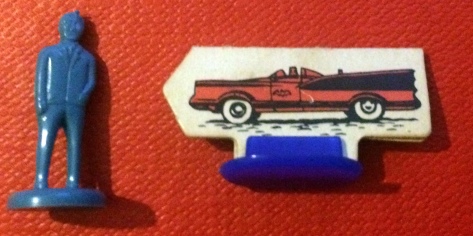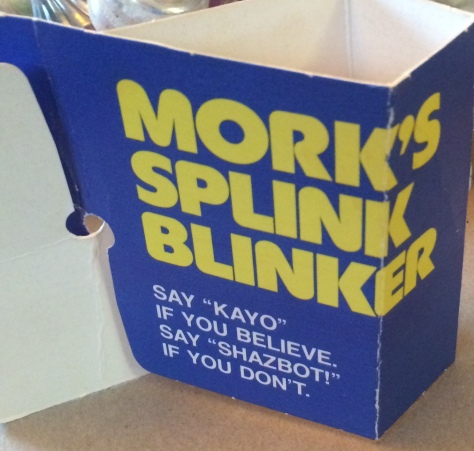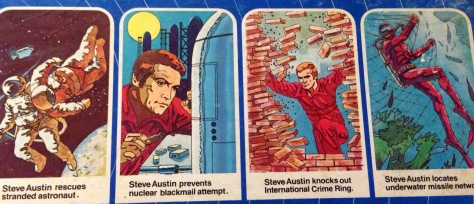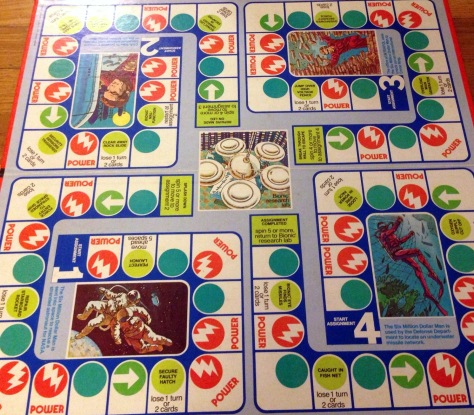Readers of my Family Affair series should enjoy this Spin Again Sunday entry. I have already blogged about the relatively common Whitman Family Affair board game from 1971. Today, I’ll show you a much harder-to-find treasure.
Today’s Game: Family Affair Game.
Copyright Date: 1968.
Manufacturer: Remco.
Game Box: Its copy tells us this is “an exciting game for 2, 3, or 4 people” that is “based on the exciting CBS TV series.” Remco didn’t need to lay the excitement on so thick–the color photos make this box exciting enough for any Family Affair fan. We see nine cast photos, arranged scrapbook-style around the game’s title.
Other highlights:
With such a great box, it almost doesn’t matter what’s inside…but let’s take a look anyway.
 Game Board: It’s minimalist depiction of Central Park is a bit of a let down. The bright colors and the drawing style are very 1960s, however.
Game Board: It’s minimalist depiction of Central Park is a bit of a let down. The bright colors and the drawing style are very 1960s, however.
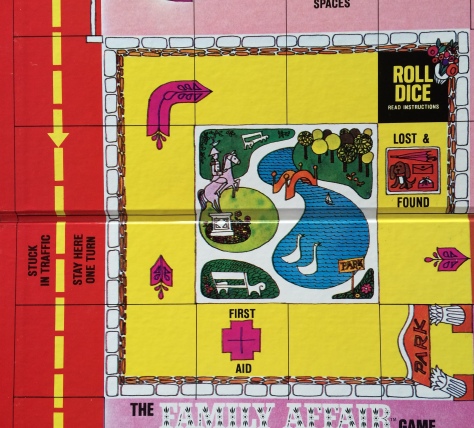
 The game’s cardboard insert is actually more interesting.
The game’s cardboard insert is actually more interesting.
And Buffy’s doll is completely unrecognizable. Maybe depicting Mrs. Beasley would have brought Remco into conflict with companies licensed to market her?
Game Pieces: The pawns depict the same caricatures that appear on the box insert.
(Incidentally, I think this artist nailed Jody’s essential derpiness.)
It’s nice that you don’t have to choose which Davis family member you want to be–each player gets to be all four characters!
Game Play: Players make a simple circuit around the board, and the first “Davis family” to reach home wins.
When players come to a Roll Dice square on the board, they must stop and do just that. What happens next depends on the number they roll and where they are in the park. Instructions on the game’s cardboard insert spell things out:
 Besides the “Roll Dice” squares, the board includes a few other spaces that can slow players down or speed them up on their journey to Uncle Bill.
Besides the “Roll Dice” squares, the board includes a few other spaces that can slow players down or speed them up on their journey to Uncle Bill.
Box Blooper: The instructions on the inside of the lid refer to Cissy as “Sissy.”
My Thoughts: The game play is not very exciting at all, box copy notwithstanding. The photos must have been quite a draw for young Family Affair fans in 1968, though–and Ebay prices show that it is still a draw for fans today.
Other Spin Again Sunday posts you might enjoy:












